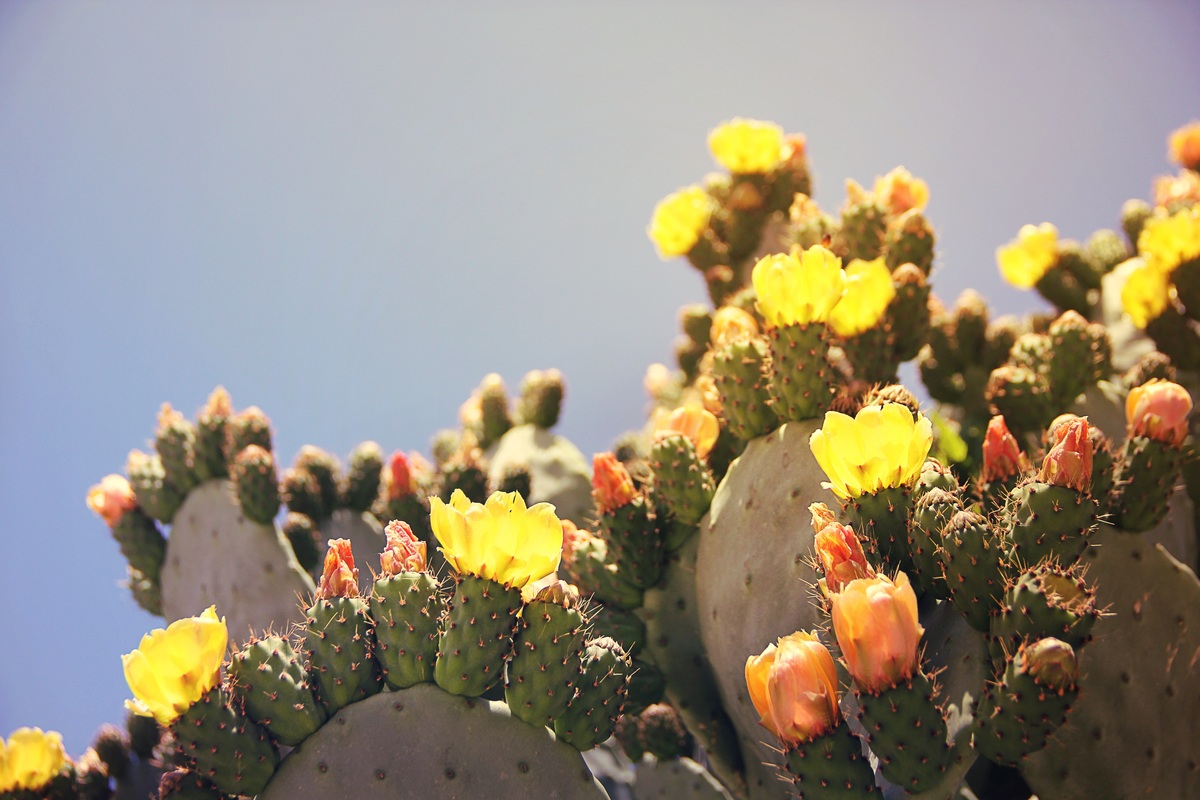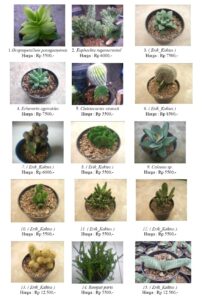The prickly pear, known scientifically as Opuntia, is an iconic cactus that enchants many with its unique structure and vibrant blooms. This succulent plant is not merely an ornamental curiosity; it plays a significant role in various ecosystems and serves as a culinary delight in many cultures. Understanding where the prickly pear thrives reveals a tapestry of ecological diversity and highlights the symbiotic relationships that flourish in the habitats it occupies.
Across the globe, the prickly pear predominantly proliferates in regions characterized by arid and semi-arid climates. Its resilience to drought conditions enables it to flourish in soils with poor nutrient content, rendering it a staple in some of the world’s most challenging environments.
In North America, the prickly pear predominantly populates the southwestern United States and northern Mexico. Areas such as Texas and Arizona boast sprawling landscapes dotted with these cacti. The warm, dry climate of these regions provides ideal conditions for prickly pear growth. The pads (or cladodes) serve not only as a source of moisture but also as a photosynthetic organ, enabling the plant to effectively harness sunlight even under intense heat.
Intriguingly, prickly pear plants exhibit a remarkable adaptation called “water storage” within their flattened pads. This characteristic allows them to retain moisture during prolonged dry spells, thus contributing to their survival in the blistering heat of the desert. Additionally, their vibrant yellow and magenta flowers bloom in spring and summer, creating a stunning display against the muted browns and greens of their environment. The visual contrast is astounding, making these cacti not just resilient but also visually striking.
The Caribbean islands present another fascinating hotspot for prickly pears. Here, they inhabit various landscapes, from coastal areas to dry forests. The species Opuntia dillenii can be found in the tropical climates of the Bahamas and the Cayman Islands. The prickly pear’s thick fleshy pads adapt well to the sandy soils of these islands, thriving in conditions where many other plants falter. Their aesthetic allure is amplified by the stunning backdrops of turquoise seas, where the yellow blooms create a dazzling spectacle that captivates onlookers.
As we travel further, we encounter South America, where prickly pears are indigenous to several countries including Argentina and Chile. The mountainous terrain and varying climates provide a diverse array of environments for different Opuntia species, each adapted uniquely to its locale. For example, in the arid expanses of the Patagonian steppe, Opuntia ficus-indica is not only an integral part of the ecosystem but also a crucial food source for numerous animal species. These pads and fruits, known as “tunas,” are consumed by birds and mammals alike, showcasing the plant’s vital role in the food web.
In addition to their ecological significance, prickly pears have a storied history of utilization in human culture. Indigenous peoples in the Americas have long recognized this plant’s nutritional value. The fruits are rich in vitamins and can be used to make jams, jellies, and beverages. Furthermore, the pads can be harvested and prepared as a nutritious vegetable, adding a culinary diversity to diets particularly in regions where food security is a concern.
European regions have also adopted the prickly pear, particularly in the Mediterranean basin, where it can be found in southern Spain, Italy, and the islands of Sicily and Sardinia. The Mediterranean climate, with its hot, dry summers and mild, wet winters, is ideal for cultivating prickly pears. In this region, the Indian fig (Opuntia ficus-indica) is often planted for agricultural use. Fields of prickly pear create a unique landscape marked by their segmented pads and striking yellow flowers, while also forming a backdrop for traditional Mediterranean farms. Notably, the cultivation of this cactus has transformed barren land into productive agricultural sites, illustrating the prickly pear’s potential for land reclamation and sustainability.
Beyond its aesthetic and ecological value, the prickly pear’s adaptability is a subject of intrigue. In addition to its native habitats, this resilient plant has been introduced to regions across the globe, including Australia and parts of Africa, where it poses both opportunities and challenges. In Australia, prickly pear species were once introduced for ornamental purposes; however, they have since become invasive, threatening local ecosystems. This complex relationship demonstrates how the prickly pear’s potential for widespread growth can lead to diverse ecological dynamics, from enhancing biodiversity to disrupting local species balance.
In conclusion, the prickly pear is a remarkable plant that thrives in diverse climates across the globe. From the desert landscapes of North America to the lush, tropical regions of the Caribbean and the rugged terrains of South America, its adaptability is nothing short of extraordinary. Beyond its ecological and culinary significance, the prickly pear presents an aesthetic marvel, combining beauty with resilience. Understanding where and how these plants grow enriches our appreciation for their role in environmental sustainability, agricultural practices, and cultural traditions. As we explore prickly pear habitats, we uncover a dynamic interplay between nature and human ingenuity.





Leave a Comment